
A press release of a special exhibition “Human body – Challenge to mystery” to be held at the National Science Museum from March 13 (Tue) 2018 to Sunday, June 17, 2018 will be held on November 30 I was told. I will report the situation this time.
Human beings who are most familiar to mankind, but existence of mystery filled with eternal mystery. In order to understand the mechanism of things that utilize and move oneself, human race has been challenging many times since the Renaissance era.
“Human body – challenge to mystery” is a special exhibition linked with NHK Special “Human body – Mysterious huge network ~” broadcast. In this exhibition, we will look at the history and achievements of these pioneers’ efforts, explain the structure and function of the human body, and show you how it is changing in state-of-the-art research.

“In the first place, how do people have understood the human body so far, I want to look back on the history and see how the thinking towards the human body will change in the future, It was a concept. ”
Mr. Kenichi Shinoda, Deputy Director of the National Science Museum who was supervisor of this exhibition, explained about the planning intention of this exhibition.
In the first place, what is it like to understand the human body?
It is sometimes told in the context of evolution, sometimes understood in the context of structure and function, in analogy to opportunities. Since it is an organism, explanation from the development process is also indispensable. Mr. Shinoda’s “constraints of three elements” has deepened the research of the human body, and so many interpretations have been born so far.
The history of such human research is just a miniature of the development of science, and although the theme of this exhibition is the closest one, it will cast a very magnificent mystery.
Highlight of this exhibition
1
Follow footprints of pioneers in human research

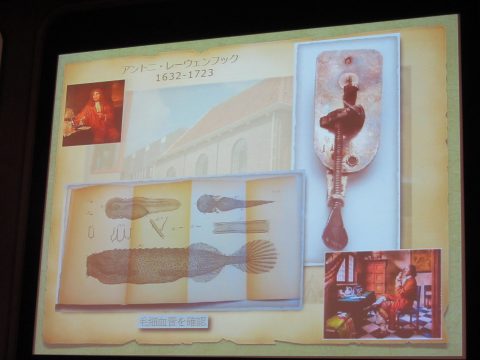
An important transition period of human history visited during the Renaissance period (around the 14th – 15th century). The foundation of modern anatomy ripened, especially in Italian cities such as Padua, became ripe, and the understanding of the structure to the human body went deeper.
The biggest feature of this exhibition is that it closes up “walking” of such human research. We will introduce the footsteps of the studies of the predecessors who have learned the human body such as Leonardo da Vinci’s human anatomical map, the drawings and books left by the predecessors, and learned with their own eyes.
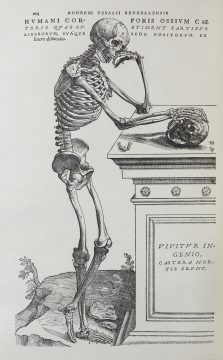
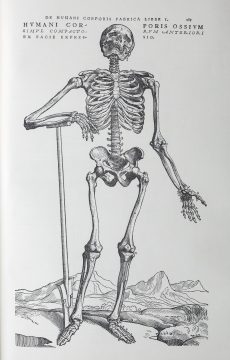
Andreas Vesarius “Fabrica” facsimile version from 1964
Medical officials do not know their name, no anatomical chart “Fabrica”. Author Vesalius studied at the University of Padova and became a doctor of medicine, publishing an anatomical book “Fabrica” depicting the observation without regard to traditional traditions. In the era of ancient Roman medicist Galen’s had revised the theories established one after another.
Highlight of this exhibition
2
Things that hold a person
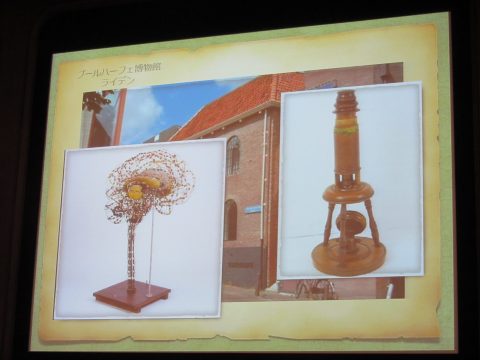
Humanity that was able to reign at the top of the animal kingdom by overwhelming high intelligence. It can be said that the structure and function of the brain are the most characteristic of mankind.
In the 19th century, understanding of the brain developed dramatically by leading experts such as Golgi and Kahar. However, in the latest research in recent years, we have learned that organs are exchanging “messages” directly with each other without involving the brain, in contrast to the conventional common sense that the brain has been thought of as unifying the function of the human body It was.
With this latest knowledge in this exhibition, we will revisit the mystery of “brain” again.

Kinstrakei is a Dutch, so to speak, an “artificial dead body.” It is an elaborate model of paper clay, developed by Dutch anatomist Ozu. This Kinstleaki was purchased from a Dutch doctor of the Kaga clan from the Dutch navy military doctor, and it is said that there are only 4 Kinstleaks existing in Japan.
Highlight of this exhibition
3
Human body research in the 21st century
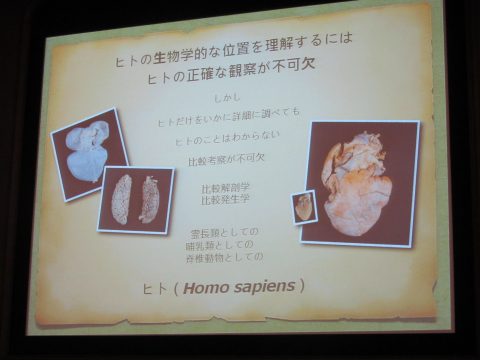
Thanks to advances in technology, things that can not be seen with the naked eye have been studied, and understanding of the human body has deepened to a micro level such as molecules and atoms. Also, in order to understand the unique nature of human beings, we must investigate and compare the structure of vertebrates, including other animals, especially mammals, who are members of the same group in detail.
In this exhibition, in addition to commentary on comparative anatomy, we will exhibit 4K ultra-high definition images of the cells in the body and introduce “Now” of human research which we could not understand with conventional common sense.
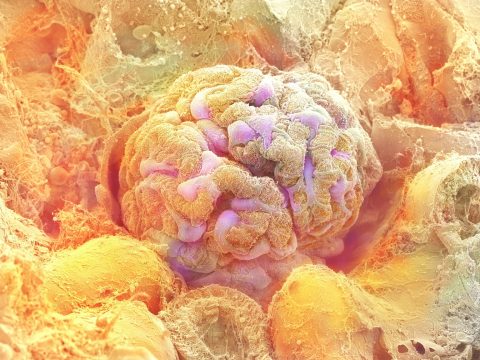

In recent years, devices have been created one after another to change values, such as fluorescence microscopes that vividly reflect the living body as well as electron microscopes that capture the ultra microscopic world in three dimensions. At the venue, we will introduce images of the ultra-high-definition body in the 4K Super Hi-Vision image.
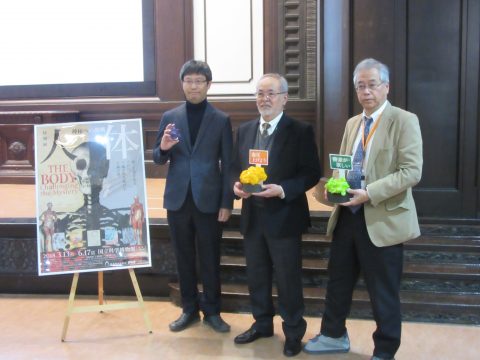
The NHK Special “Human body ~ huge network of mystery ~” being broadcast on the occasion of this exhibition already finished twice already, but both said that they are calling up a lot of reactions.
At the press conference, Mr. Takehiro Asai, chief producer of the program, also entered and talked about enthusiasm.
“What kind of standing position we are broadcasting is historical.If you have not seen the program or have not yet seen it, the world view and history that no one has ever experienced I think that you can feel the flow of this exhibition through this exhibition. ”
Prior to holding in March, 2018, various interlocking projects such as NHK “health channel” , “human body ” human body “VR adventure tour, etc. have been started.
While being closest to us, human beings are eternal mysteries that humankind has continued to challenge.
Why do not you ask the mystery at this opportunity?


